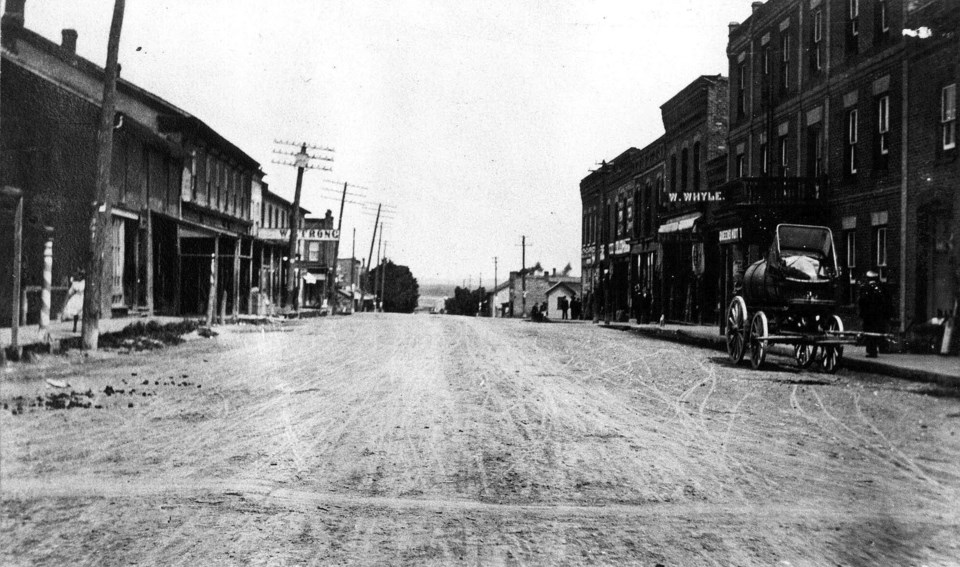May 23, 1871, dawned warm and clear over the still-rousing village of Bradford. It promised to be a fine day.
Among the first to rise were the men employed by Edmanson’s Bakery. Filed from their homes, they watched as strong wind kicked up dust devils along the earthen streets. Their day began routinely enough. Ovens were stocked with wood and lit. As it would take some time to reach the correct baking temperature, the workers then went to breakfast. It was a pattern of activity they had done thousands of times already.
But today would be different. The routine would become tragically extraordinary.
The Edmanson employees were no sooner into their breakfasts when, at 7:30 a.m., sharp-eyed passersby noticed an unusual amount of smoke rising from the building and the windows filled with an eerie orange glow. The bakery was on fire.
A hue and cry went out, and the volunteer fire brigade raced to the scene. Their hearts sank at what they found upon arrival. The bakery was entirely engulfed by flames. There was little to be done to save it.
But that wasn’t what worried the firefighters. While tragic, the bakery was but one building. What gave rise to a mounting sense of dread was the way the flames were being fanned by the west wind. They knew what was about to happen and that they were powerless to stop it.
Within minutes, the flames had leapt from the bakery to adjacent buildings on both sides of Holland Street. The inferno had taken on a life of its own now, a relentless monster that raced through town chasing people from their homes and businesses. They saved what possessions they could.
Most raced out of their threatened buildings. Robert Bingham, on the other hand, had to race back into his hotel to rescue his wife, bed ridden with debilitating illness. When he burst into her room, Bingham found the bed already alight and her beside herself in terror.
By 11 a.m. the fire burned itself out, having completed its grim work. Most of Bradford — a total of 20 acres and 130 homes and businesses — had been reduced to ash and fire-blackened timbers. The destruction was complete.
“Had the work of devastation been designed it could have not been more effectively performed,” reported the Newmarket Era on May 26. “No pen can adequately picture the scene of the devastation.”
The only consolation was no lives were lost.
Townsfolk allowed themselves a few days to grieve and get over the shock, and then they rolled up their sleeves and began to rebuild. This time, instead of wood, Bradford would rise as a town of brick.
The historic downtown Bradford we know today, with its attractive buildings and distinctive characters, was born of that tragedy in 1871.



